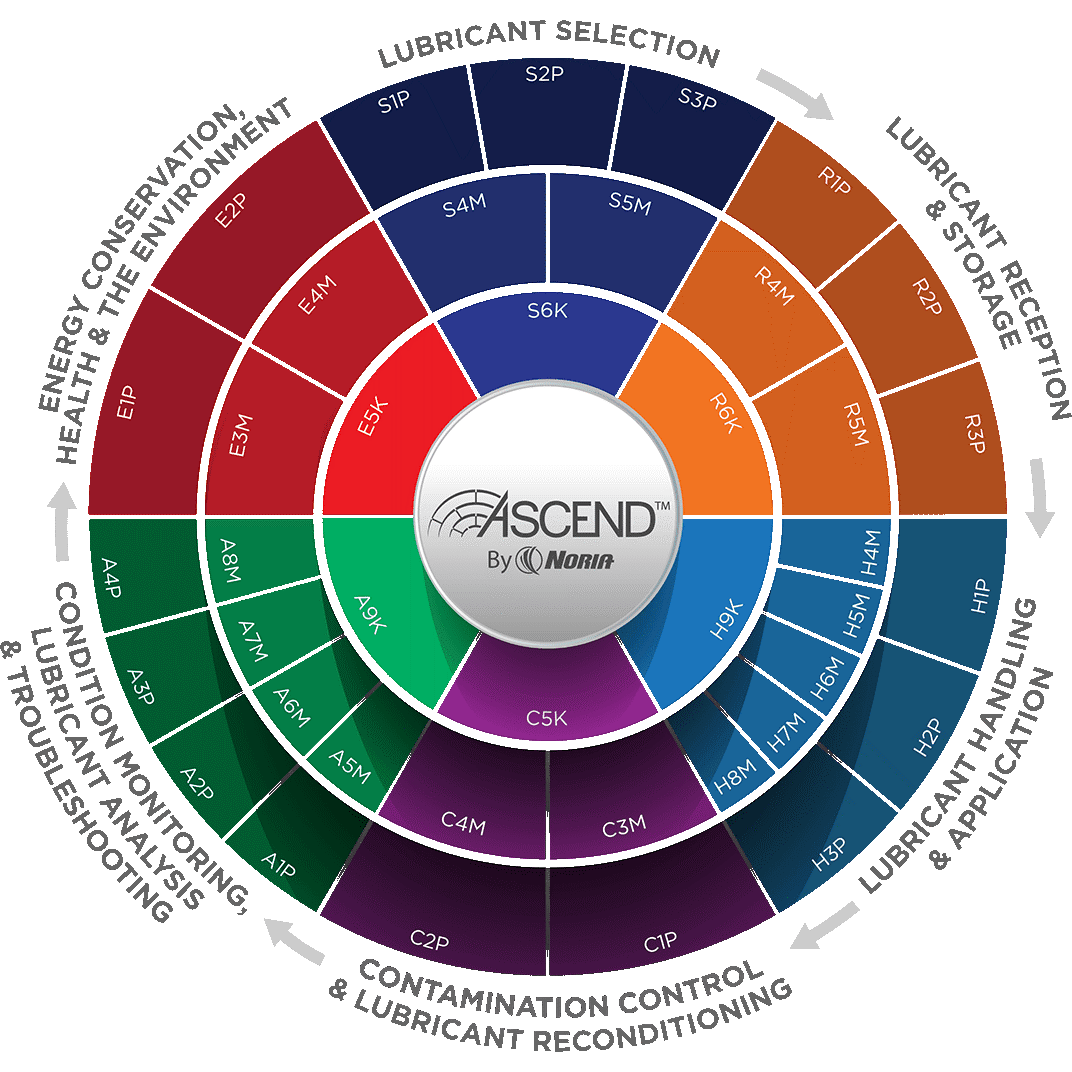Explore advance innovations in Root Cause and Failure Analysis for improved lubrication practices. Learn how advanced data analytics, IoT integration, and AI-driven insights enhance machinery reliability and efficiency.

In today’s competitive industrial landscape, efficient lubrication practices are crucial for maintaining the reliability and longevity of machinery. Root cause analysis and failure analysis are vital components in diagnosing lubrication issues and enhancing overall equipment performance. Recent advancements in these areas offer new opportunities for improving lubrication practices and mitigating operational challenges. According to an article from Machinery Lubrication, we will delve into the latest innovations in root cause and failure analysis and how they contribute to more effective lubrication practices.
Understanding Root Cause and Failure Analysis
Root cause analysis (RCA) and failure analysis (FA) are systematic approaches used to identify the underlying reasons for equipment failures. RCA focuses on uncovering the fundamental causes of a problem, while FA aims to understand the nature of the failure and its impact on machinery performance. Together, these analyses provide valuable insights that can lead to more effective lubrication strategies and improved equipment reliability.
Recent Innovations in Root Cause Analysis
Advanced Diagnostic Tools
Recent advancements in diagnostic tools have revolutionized root cause analysis. Technologies such as machine learning algorithms and artificial intelligence (AI) are now being integrated into diagnostic systems to analyze complex data patterns. These tools can predict potential failures before they occur, allowing for proactive maintenance actions and reducing unexpected downtimes.
Enhanced Vibration Analysis
Vibration analysis has been a cornerstone of root cause analysis for years, but recent innovations have significantly improved its accuracy. Modern vibration sensors and analyzers offer higher resolution and sensitivity, enabling more precise detection of abnormal vibrations. This enhanced capability helps in identifying lubrication-related issues such as imbalance, misalignment, and bearing failures at an earlier stage.
Smart Lubrication Systems
Smart lubrication systems equipped with real-time monitoring and control features are becoming increasingly popular. These systems use sensors to track various parameters such as lubricant temperature, pressure, and flow rate. By analyzing this data, operators can gain insights into the effectiveness of lubrication practices and make necessary adjustments to prevent failures.
Integration of IoT and Cloud Computing
The Internet of Things (IoT) and cloud computing have transformed root cause analysis by enabling remote monitoring and data storage. IoT devices collect data from machinery and send it to cloud-based platforms where it can be analyzed in real-time. This integration allows for continuous monitoring and immediate detection of potential lubrication issues, facilitating quicker response and resolution.
Advancements in Failure Analysis
Material Science Innovations
Recent advancements in material science have provided deeper insights into failure mechanisms. Researchers are developing new materials and coatings that enhance the durability of machinery components. Understanding the material properties and their interactions with lubricants helps in designing more effective lubrication strategies and preventing premature failures.
Failure Mode and Effects Analysis (FMEA)
FMEA has evolved to incorporate more sophisticated techniques for assessing the impact of potential failures. By analyzing the severity, occurrence, and detectability of failure modes, FMEA helps in prioritizing maintenance actions and improving lubrication practices. Recent enhancements in FMEA methodologies offer more accurate predictions of failure impacts on machinery performance.
Root Cause Analysis Software
Software solutions specifically designed for root cause analysis are gaining popularity. These tools provide structured methodologies and data analysis capabilities to identify and address the root causes of failures. Modern RCA software often integrates with other diagnostic tools, offering a comprehensive approach to analyzing and resolving lubrication-related issues.
Enhancing Lubrication Practices Through Innovations
The innovations in root cause and failure analysis directly impact lubrication practices by providing better tools and methods for diagnosing and addressing lubrication-related problems. For instance, advanced diagnostic tools and smart lubrication systems enable more accurate monitoring and timely interventions, reducing the risk of equipment failures and extending the lifespan of machinery.
Furthermore, the integration of IoT and cloud computing allows for continuous data collection and analysis, leading to more informed decision-making and proactive maintenance strategies. By leveraging these advancements, industries can achieve more reliable and efficient lubrication practices, ultimately enhancing overall equipment performance.
To stay ahead of the curve and implement the latest innovations in lubrication practices, it is essential to invest in specialized training and consultancy programs. The Lubrication Program Development offers a comprehensive approach to optimizing lubrication practices. This program focuses on developing customized lubrication strategies, implementing advanced diagnostic tools, and training personnel to effectively manage lubrication practices.

By participating in the Lubrication Program Development, your organization can benefit from expert guidance, state-of-the-art techniques, and practical insights that align with the latest advancements in root cause and failure analysis. This program is designed to enhance your lubrication practices, improve equipment reliability, and reduce maintenance costs.
Contact us today to discuss your needs and discover how we can help you achieve superior lubrication practices and enhanced machinery reliability.


